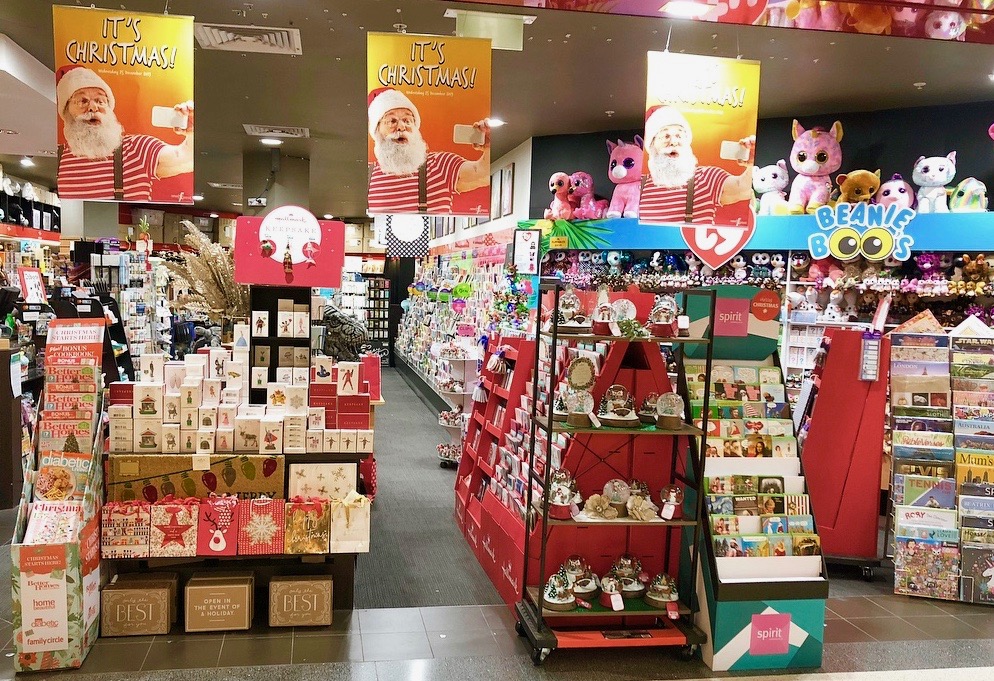An important role for politicians is to nurture confidence in the community as it is confidence that encourages economic engagement, such as spending in local retail shops.
We know from consumer surveys in Australia in 2019 that consumer confidence is challenged. While a survey this month shows an uptick, confidence remains low, and this plays out at registers in shops large and small.
It is unfortunate that politicians of all sides too often prefer to attack rather than lead, they prefer to score points against competitors rather than encourage the broader community to feel more confident. It is the politicians at the edge who appear to pull the most focus in the media and therefore do the most damage to consumer confidence.
There is plenty to be optimistic about, plenty from which we can build confidence in the community. This ought be the focus of all politicians. It ought be the focus of news outlets, too. They should stop doing the bidding of politicians, running their fringe issue stories, running stories for which there is non evidence of support.
Australian businesses, Australian retailers, small business retailers especially need local shoppers to be more confident. Confidence is key to getting people shopping.
While personal confidence is nurtured by personal success and achievement, community wide confidence can be nurtured through good leadership, the type of leadership politicians ought be delivering. The right words in the right locations could make a significant difference to the performance of retail businesses this Christmas.
No, I am not suggesting politicians say go out and spend up this Christmas or go and shop local. Those statements, which I have heard recently, are not confidence building. In my view, such statements are lazy. They fall flat.
I’d rather politicians talk about the awesome local gift they found, shine a light on a local shipping precinct in theirs electorate, talk up locally made food or celebrate with gratefulness every business related good news story in their electorate.
Politicians need to talk optimistically about the economy, shopping local, the country and the future. They can do this without being political, without supporting fringe issues. and without being clumsy in their pitch.
Community confidence builds over time, layer by layer, story by story. Politicians, for part of their lives, are storytellers. We need them to be good storytellers and tellers of confidence encouraging stories.






